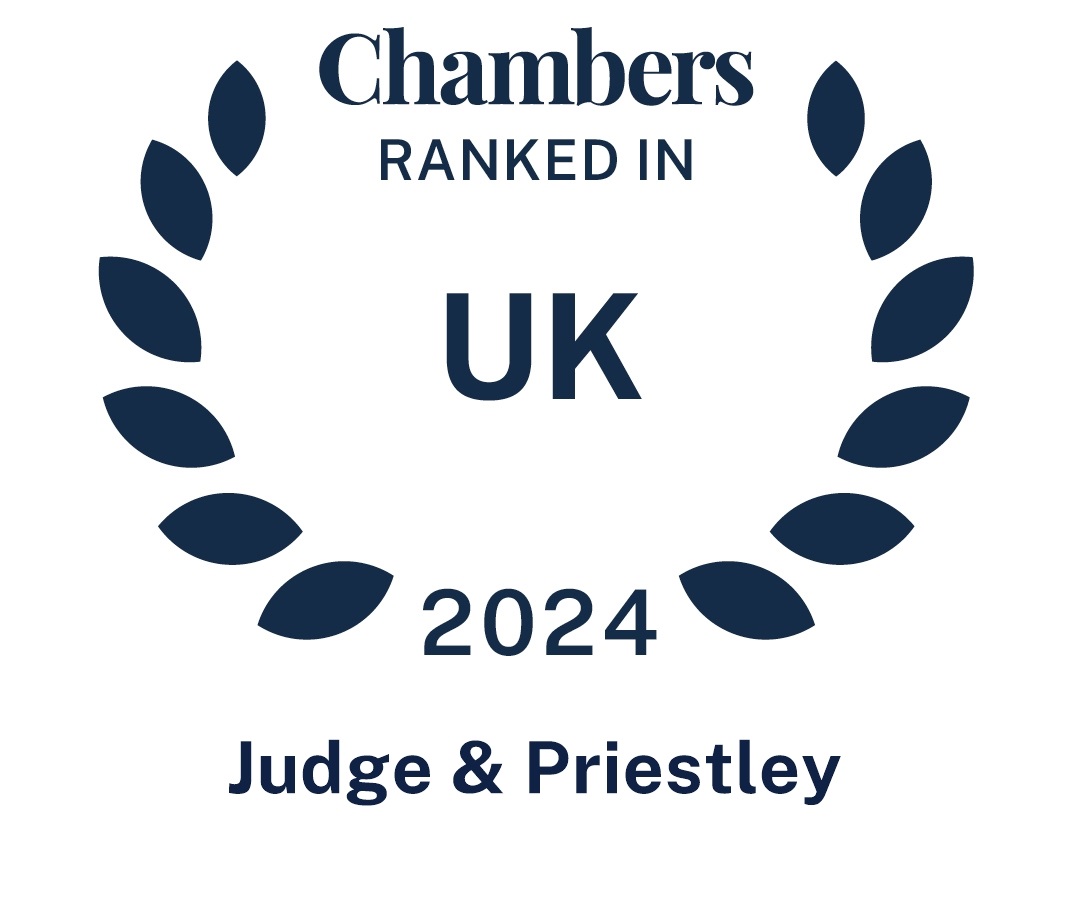- Bromley020 8290 0333
Hotel claimant wins Manchester skyline repair covenant case
A hotel has sought specific performance of repairs, to be carried out by the owner of the building, in order to fully secure glass panels that were the building’s main feature.
It was argued that the owner had only completed a temporary fix but had not fully complied with its obligations under the lease. Under the lease, the defendant landlord agreed “at all times to keep in good and substantial repair and when necessary as part of repair to reinstate replace and renew where appropriate the ... Common Parts” which included the external facade. The claimant in the case of Blue Manchester Limited v North West Ground Rents Limited was the owner of the hotel that was housed within a famous Manchester skyscraper (the Beetham Tower).
The glass panels were a mix of double-glazed vision units (glass both inside and out) and single glazed insulated shadow box units (SBUs – glass outside but an opaque panel inside). The panels were designed and constructed to be hung from a unitised frame which itself is hung from the edge of the floor slabs. The need for externally visible fixings was avoided by the panels being attached to the frame by strips of structural sealant around their perimeter which restrained them from becoming loose and at risk of blowing off.
A serious problem emerged in 2014 with the discovery that in the SBUs the bond provided by the structural sealant was failing in some cases. An urgent investigation was conducted by Carillion Construction Limited as the main contractor which built the tower, which also involved BUG-Alu technic GmbH (Bug) as the specialist design and build sub-contractor which designed and installed the façade. The cause of the failure appeared to be the failure of the bond between the structural sealant and the polyester powder coating which had been applied to the frames. A decision was very swiftly taken to ensure the safety of the 1,350 SBUs across the building by screw-stitching pressure plates to the frame profiles to hold the panels securely in position. This was completed by the end of November 2014 and was intended to be a short-term fix pending a full investigation, and the design and installation of a permanent remedial solution. However, the investigatory and remedial processes were so protracted that nothing concrete had been achieved by January 2018 when Carillion went into liquidation.
The defendant accepted that the existing solution was only intended to be temporary but that it was a sufficient remedial solution that could remain in place while the defendant pursued claims against Carillion's insurers and Bug, which it hoped would enable a permanent solution. It said that it had sufficiently complied with its repairing obligations under the lease so that it was not in breach and the claimant was not entitled either to specific performance – which it says would be inappropriate anyway, given the lack of a clear agreed remedial specification – or to damages. Whether the claimant or the defendant had any rights or remedies against Bug or anyone else was not a matter for determination at this trial.
The High Court held, amongst other things, that claimant succeeded on the disrepair issue and was entitled both to specific performance to compel the defendant to undertake a permanent remedial scheme as well as to damages to be assessed.









